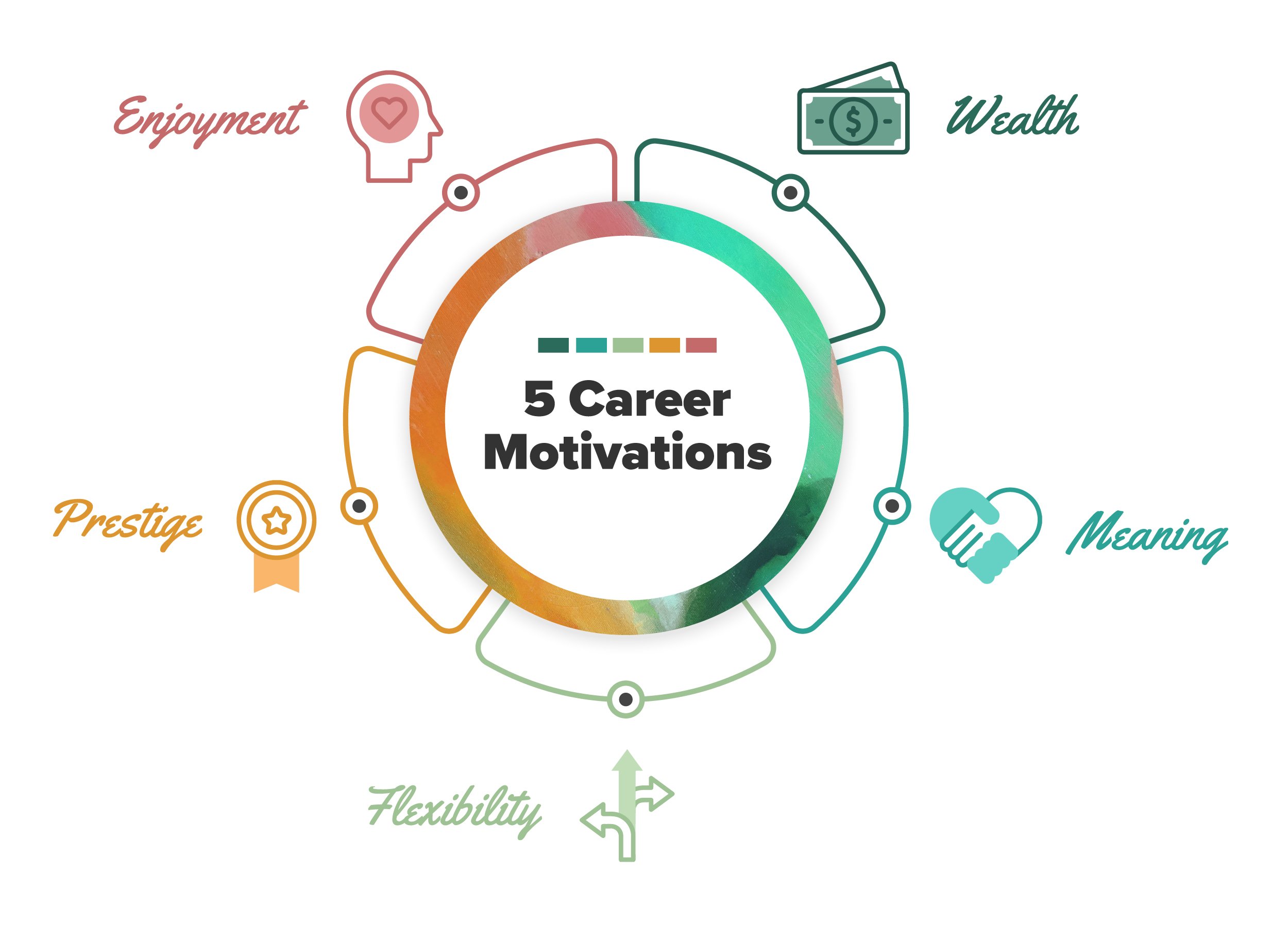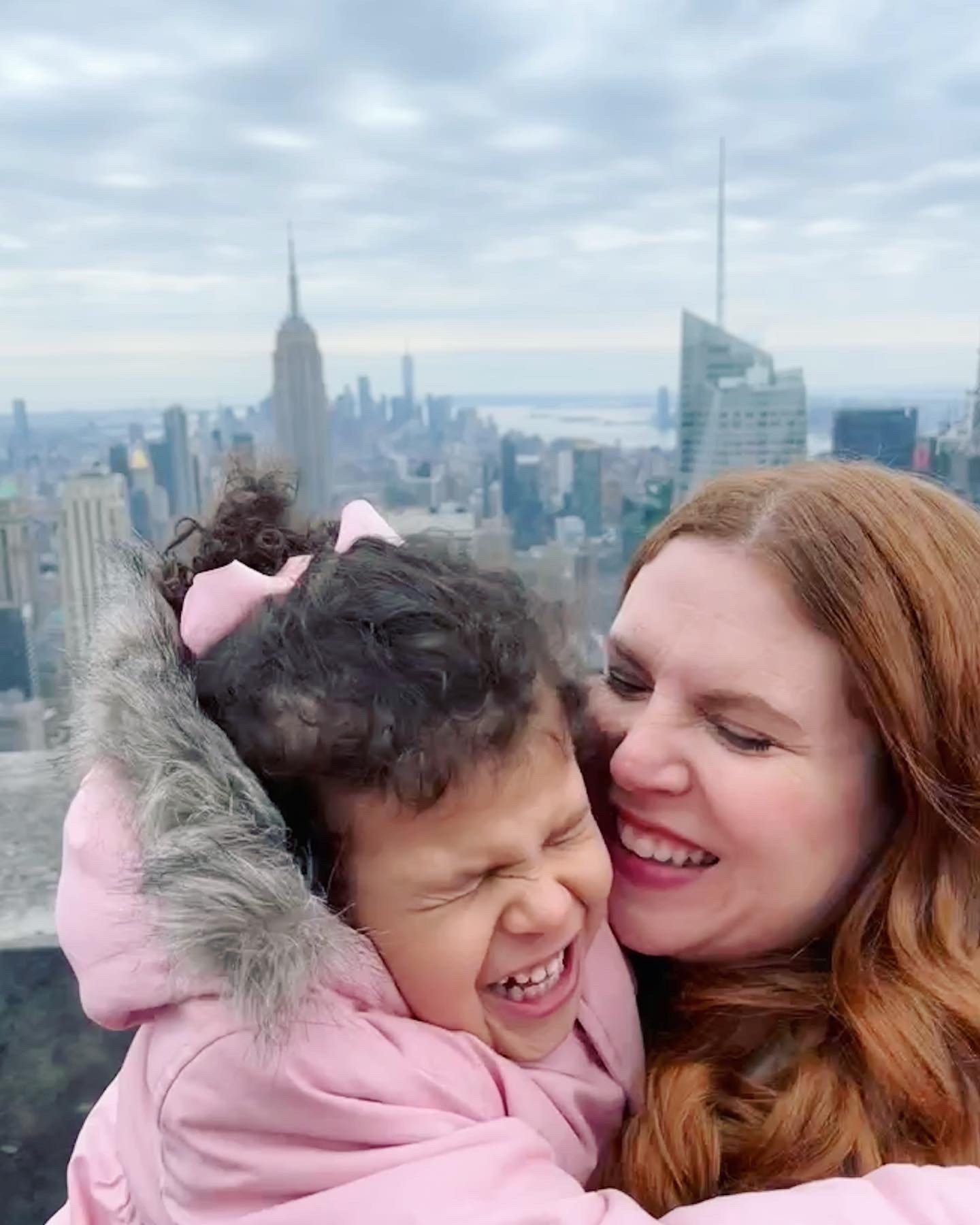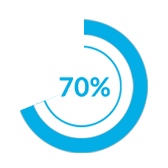Getting Your Business Prepared for 2026
/It’s hard to believe, but 2026 is closer than it feels. Before we know it, the New Year’s confetti will have been swept away, and business will be back in full swing with fresh goals and ambitious targets. The smartest move? Start preparing now. Even if it feels like you’ve got plenty of time, that calendar will flip faster than you think.
There are so many ways to set yourself and your business up for a strong start. Maybe it’s researching how to refresh your website, building a social media strategy with ready-to-go content, or exploring tools like account based marketing personalization that could give you an edge. You could also start connecting with potential hires now—waiting until January often means competing for the same talent everyone else wants.
To help you get started, here’s a quickstart guide to preparing your business for 2026.
Create a content calendar
A content calendar isn’t just a nice-to-have—it’s the backbone of a consistent, strategic marketing approach. With 2026 just around the corner, having a clear plan means you can align your messaging with business goals, anticipate seasonal trends, and show up ready for key industry dates. For example, if you run a travel-focused online magazine, you might plan an “infinity pools” roundup right when readers are dreaming about their summer escapes.
Plan your budget early
The earlier you set your budget, the more clarity you’ll have for smart spending decisions. Early budgeting helps you prioritize key investments, avoid last-minute scrambles, and keep from overspending. Use a spreadsheet or finance software to keep everything accurate and visible. Bonus: knowing your numbers now can be a huge motivator to stay on track in the months ahead.
Reconnect with your audience
If audience engagement has slipped down the priority list, make 2026 the year you change that. Send a personalized thank-you, share a “year in review” post, or run a targeted feedback survey. The more your customers feel seen and valued, the stronger your relationship will be. Tools like this survey platform make it easy and affordable to get started.
Keep an eye on marketing and business trends
Whether you or your team handle it, staying informed on market trends is a must. Set up alerts, tune into webinars, follow industry news, and keep tabs on what’s trending on social media. Being informed now helps you pivot quickly and capitalize on what’s working before your competitors do.
Strengthen your team and leadership
A new year is the perfect time to evaluate your team. Do certain employees need extra training—or a serious performance conversation? Is it time to promote someone who’s been going above and beyond? Are there departments that need restructuring? A healthy, motivated team is key to hitting those 2026 goals.
Review 2025’s wins (and misses)
Before you map out 2026, take an honest look at what’s worked this year and what hasn’t. Which projects exceeded expectations? Which areas underperformed—and why? Dive into your analytics to uncover patterns and opportunities so you can adjust your strategy before the year begins.
It can feel strange to think so far ahead when we’re still in the thick of 2025, but time isn’t slowing down. The earlier you prepare, the more confident you’ll feel heading into January. And the best part? You’ll be starting the new year already ahead of the game.
What’s your go-to tip for getting business-ready for 2026? Drop it in the comments—I’d love to hear your take.






















